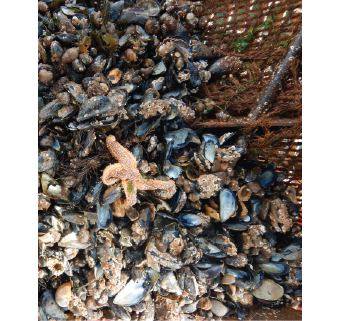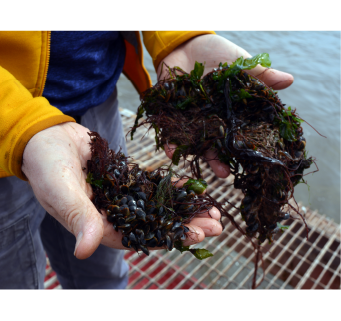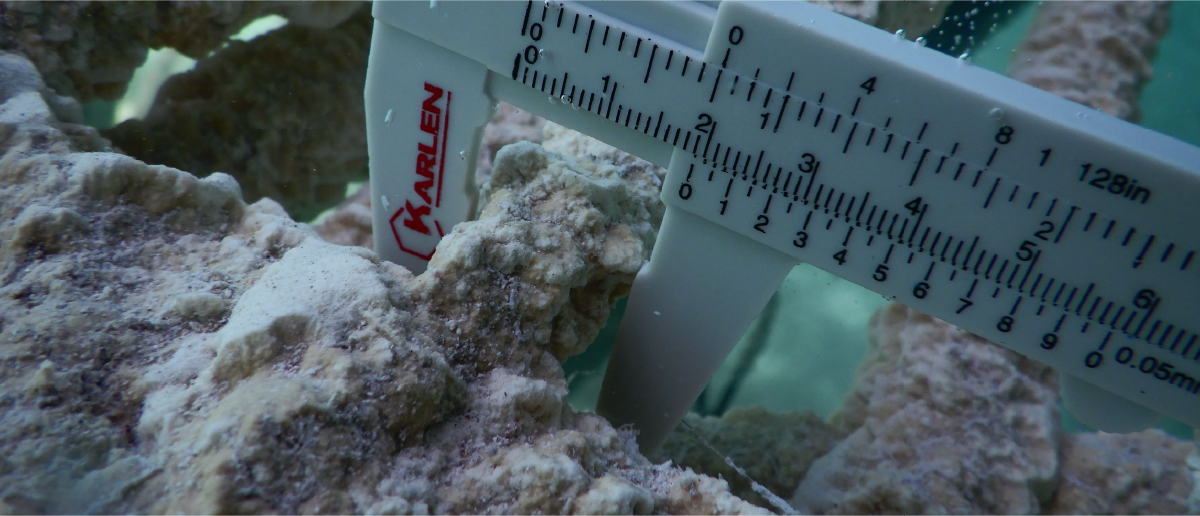


Embracing Circularity Through the Integration of Natural Materials.
In late 2022, CCell entered into a collaborative research partnership with Bath University, focusing on the exploration of fully biodegradable materials and biocomposites as the primary components for our hyperboloid reef modules.
These structures, drawing inspiration from the hyperboloid geometry observed in nature, represent a groundbreaking and sustainable methodology for restoring marine ecosystems and simultaneously safeguarding coastal regions from the impacts of changing climates.
The innate circular design effortlessly harmonises with the environment. When combined with mineral accretion technology (MAT), the bio-based materials undergo a transformative process, crystallising into enduring reef formations with the help of calcareous marine organisms.
This synergy not only enhances durability but also contributes to the creation of more permanent and ecologically beneficial reef structures.
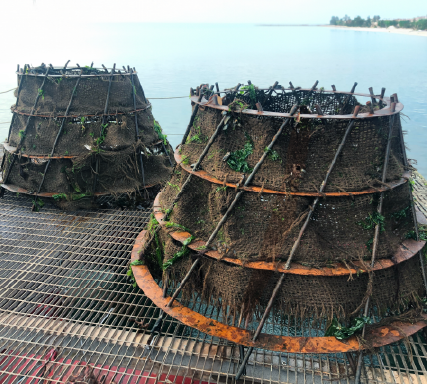
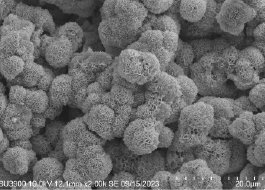
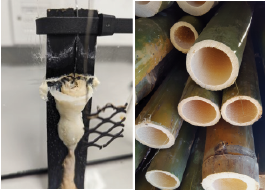
Reliable Remote Monitoring and Oceanic Activity Mapping.
Together with Cornell University, Imperial College London, and the Ocean Conservation Trust, we are pioneering advancements in marine monitoring.
By harnessing the power of acoustic beamforming technology, we aim to enable intelligent, proactive, and precise monitoring of the nearshore marine environment, taking significant strides towards enhancing current remote data collection methods and propel scientific understanding and conservation efforts.
Facilitating real-time tracking of marine species through distinctive soundwave patterns linked to behavioral traits, including movement, feeding, and reproduction, opens avenues for comprehensive monitoring of both biotic and abiotic factors in dynamic coastal and oceanic environments.
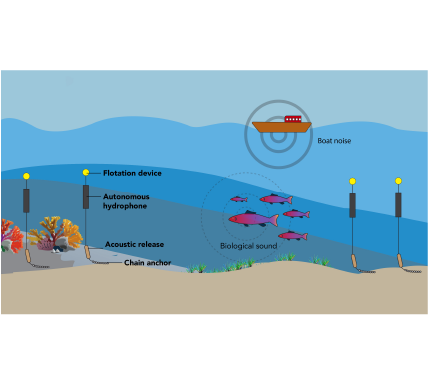
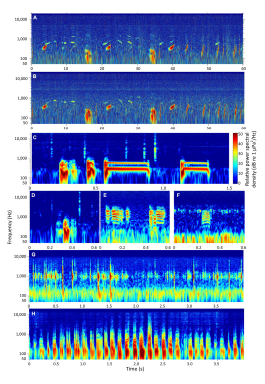
Cultivating Reef Champions of the Changing Seas.
Human reliance on coral reefs for ecological, economic, and cultural support is jeopardised by threats such as climate change, warming oceans, overfishing, pollution, and habitat destruction. Most notably the overconsumption of fossil fuels and unsustainable fishing, exacerbate reef degradation. Urgent recognition and action are essential to protect coral reefs and their invaluable contributions to marine ecosystems and dependent communities.
We have teamed up with the Living Reefs Foundation to research innovative ways of hosting adaptable and resilient coral species on our reefs. Previous studies have indicated the promising potential of Mineral Accretion Technology (MAT) in fostering the rapid growth of scleractinian corals.
Our goal is to delve deeper into the implications of MAT and ascertain how this technology can be effectively leveraged to amplify and scale up existing reef restoration initiatives.
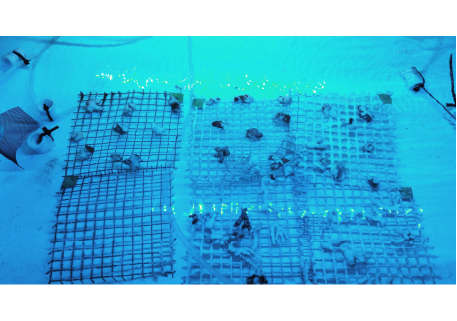
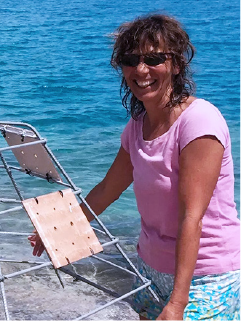
Thriving Temperate Reefs with Water Filtration Heros.
Native bivalves such as oysters, mussels, scallops etc. play a crucial role in aquatic ecosystems; contributing to environmental health and the equilibrium of nearshore ecosystems.
Their exceptional water filtration capabilities involve actively pumping and filtering water to remove microscopic particles, suspended sediments, and organic matter, enhancing water clarity and quality.
Beyond filtration, these organisms contribute significantly to nutrient cycling by extracting nitrogen and phosphorus during feeding, recycling accumulated nutrients upon death or through excretion.
CCell is collaborating with esteemed aquaculture operators to rejuvenate the cultural importance of native bivalves in traditional diets, all the while fostering regenerative economic opportunities.
